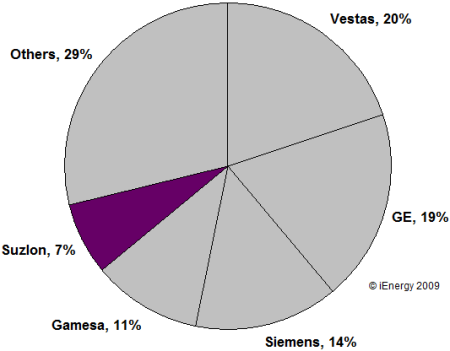Nothing is more telling of the global fight for resources than a few trips to Asia and long conversations with clients as I have learned this past year.
To build the roads, bridges, cars, planes, and power plants their people need, policy makers, CEOs, and consumers in India, China, Thailand, and Malaysia in Asia are all consumed by sourcing the traditional commodities of coal, oil, and gas but also metals, minerals, and chemicals. The same stakeholders in resource-rich nations such as Australia and Indonesia are focused on keeping their customers happy while fighting cost inflation and talent shortages.
Even so, companies across the value chain are proactively investing in innovation to improve extraction productivity, find substitutes for increasingly scarce ingredients, and promote recycling. As a result, Mosaic now extracts 97% — up from 90% — of phosphorus from phosphate rock, BASF is developing alternatives to rare earths in key refining catalysts, and Dewalt is offering discounts to incentivize lithium battery recycling.
You, however, need not necessarily travel to Asia to learn more. Three books — Winner Take All, The Race for What’s Left, and The Oil Curse — provide interesting if sometimes biased accounts of these issues.






 Posted by Uday Turaga
Posted by Uday Turaga 

